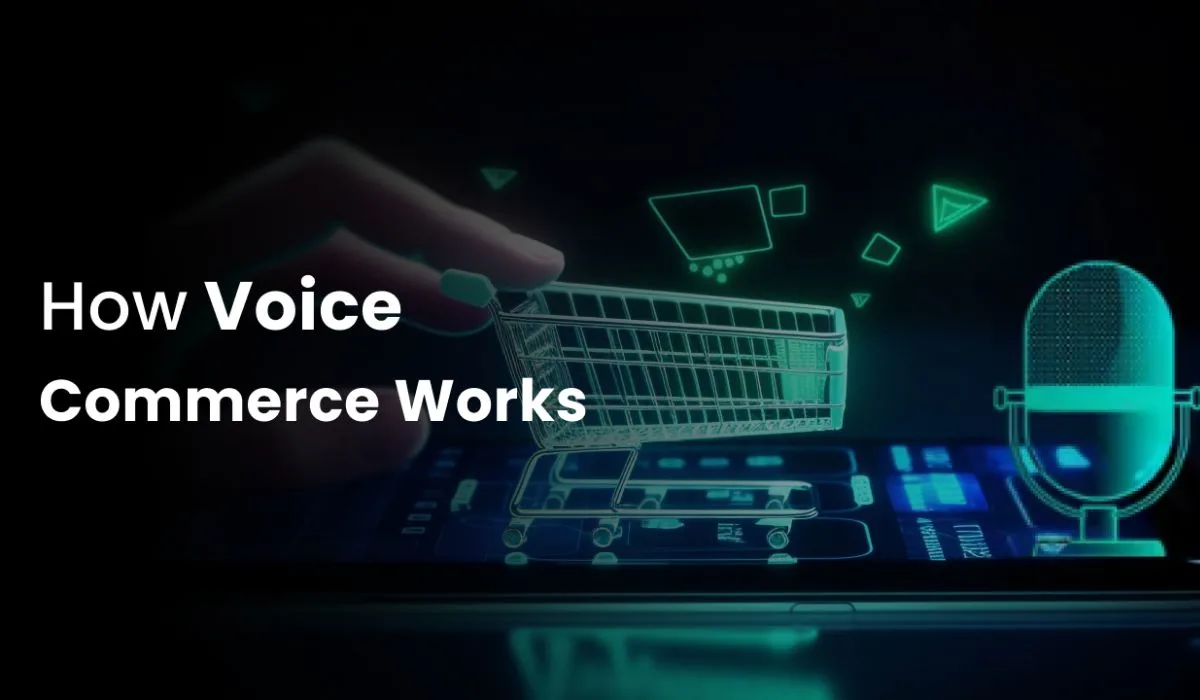The rise of smart speakers and voice assistants like Amazon Alexa, Google Assistant, and Apple’s Siri is reshaping how consumers shop online. Voice commerce — buying products through voice commands — is rapidly growing, particularly in India, where smartphone penetration and internet connectivity are surging. By 2025, experts predict that voice commerce will account for a significant portion of ecommerce transactions.
For Indian ecommerce businesses, adapting to this trend isn’t just an option; it’s a necessity. This article explores what voice commerce means, why it’s important, and how you can prepare your ecommerce store to thrive in this new era of smart speaker shopping.
What is Voice Commerce and Why Should You Care?
Voice commerce refers to purchasing products or services using voice commands via smart speakers, smartphones, or other voice-enabled devices. Instead of typing or clicking, customers simply speak to search, compare, and buy.
Why voice commerce matters:
- Convenience: Voice commands allow hands-free, quick shopping—perfect for busy consumers.
- Growing Adoption: India has over 450 million voice assistant users, expected to rise sharply.
- Changing Consumer Behavior: Voice searches tend to be longer and more conversational, reflecting natural speech.
- Competitive Edge: Early adopters in ecommerce can capture new audiences and boost sales.
Key Voice Commerce Trends in India
- Regional Language Support: Voice assistants increasingly support Indian languages like Hindi, Tamil, Telugu, and Bengali, expanding reach beyond English-speaking urban users.
- Smart Speaker Penetration: Affordable smart devices are entering Indian homes, driving voice shopping growth.
- Integration with Payments: Voice-enabled payments and UPI integration make transactions easier and faster.
- Personalized Voice Experiences: AI and machine learning allow assistants to recommend products based on past purchases and preferences.
How to Prepare Your Ecommerce Store for Voice Commerce
1. Optimize for Voice Search SEO
Voice searches differ from typed queries—they are conversational and question-based.
- Use long-tail keywords and natural language phrases.
- Incorporate question words like “how,” “where,” “best,” and “near me.”
- Create FAQ pages targeting common voice queries.
- Structure content to answer specific customer questions clearly.
Example: Instead of optimizing for “best headphones,” target “What are the best headphones for running in India?”
2. Focus on Local and Mobile Optimization
Most voice commerce happens on mobile devices and smart speakers at home.
- Ensure your website is mobile-friendly and fast-loading.
- Use local SEO to capture “near me” searches.
- List your business on platforms like Google My Business for local discovery.
3. Simplify Your Product Catalog and Navigation
Voice commerce relies on quick, accurate responses.
- Organize products into clear categories.
- Use simple, concise product names and descriptions.
- Implement structured data (schema markup) to help voice assistants understand your content.
4. Enable Voice-Activated Payments
Secure and easy payment options enhance the voice shopping experience.
- Integrate popular Indian payment methods like UPI, digital wallets, and net banking.
- Consider voice-enabled payment gateways compliant with security standards.
- Educate customers on how to complete purchases using voice commands safely.
5. Invest in Voice-Activated Apps and Skills
Smart speakers use “skills” (Amazon) or “actions” (Google) to interact with ecommerce services.
- Develop a custom voice app or skill for your store.
- Allow users to browse products, place orders, track shipments, and get support via voice.
- Promote your voice app to encourage adoption.
6. Enhance Customer Support with Voice AI
Voice assistants can provide 24/7 customer service for common queries.
- Implement AI-powered voice chatbots.
- Automate order tracking, returns, and FAQs.
- Use voice data to understand customer needs better and improve services.
Challenges and Solutions for Indian Ecommerce Businesses
| Challenge | Solution |
| Language diversity and accents | Support multiple Indian languages and dialects for voice recognition and responses. |
| Security concerns in voice payments | Use encrypted, verified voice payment systems and multi-factor authentication. |
| Limited voice shopping habits | Educate customers via tutorials, incentives, and promotional campaigns. |
Real-Life Example: How an Indian Brand Leveraged Voice Commerce
A Bengaluru-based grocery ecommerce platform integrated its app with Google Assistant, enabling users to add items to their cart and reorder essentials via voice. They also optimized product descriptions with voice search terms and simplified payment options through UPI. Within six months, the company saw a 25% increase in repeat orders from voice users, proving the potential of voice commerce in India.
Read Also: Sustainability in Ecommerce: How Green Practices Are Winning Over Conscious Shoppers
Conclusion: Embrace Voice Commerce to Future-Proof Your Ecommerce Business
Voice commerce is transforming how consumers interact with ecommerce stores—especially in India’s rapidly digitizing market. By optimizing your store for voice search, simplifying navigation, enabling voice payments, and investing in voice apps, you can capture the growing segment of voice shoppers.
Preparing for voice commerce today means staying competitive, increasing customer convenience, and opening new sales channels for your ecommerce business in 2025 and beyond.









